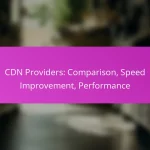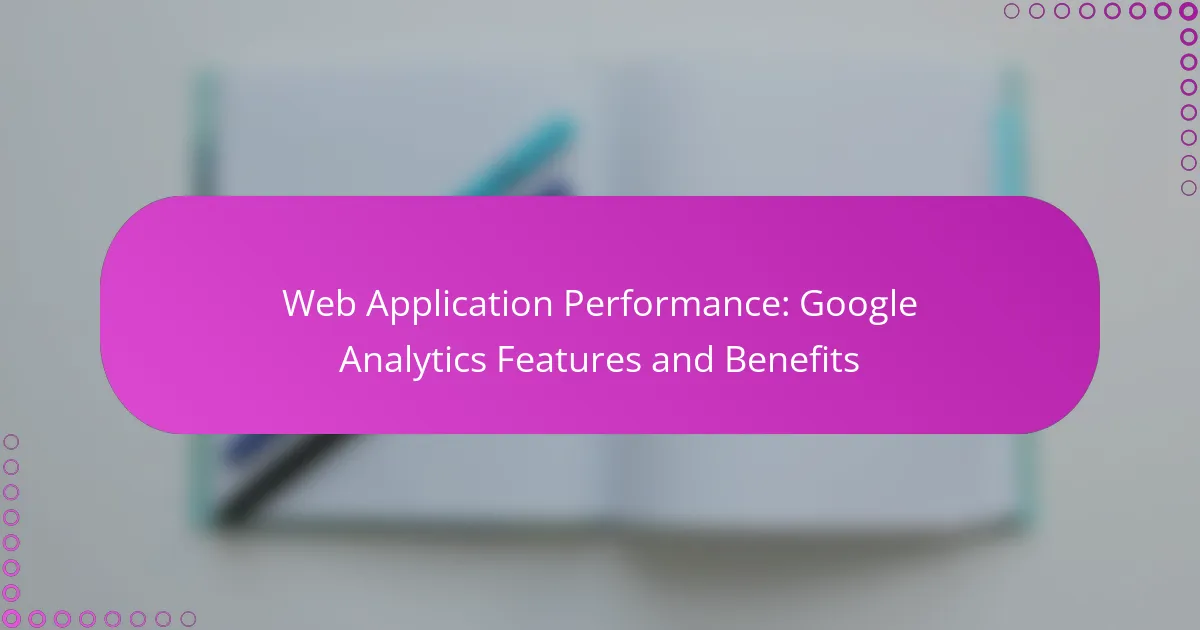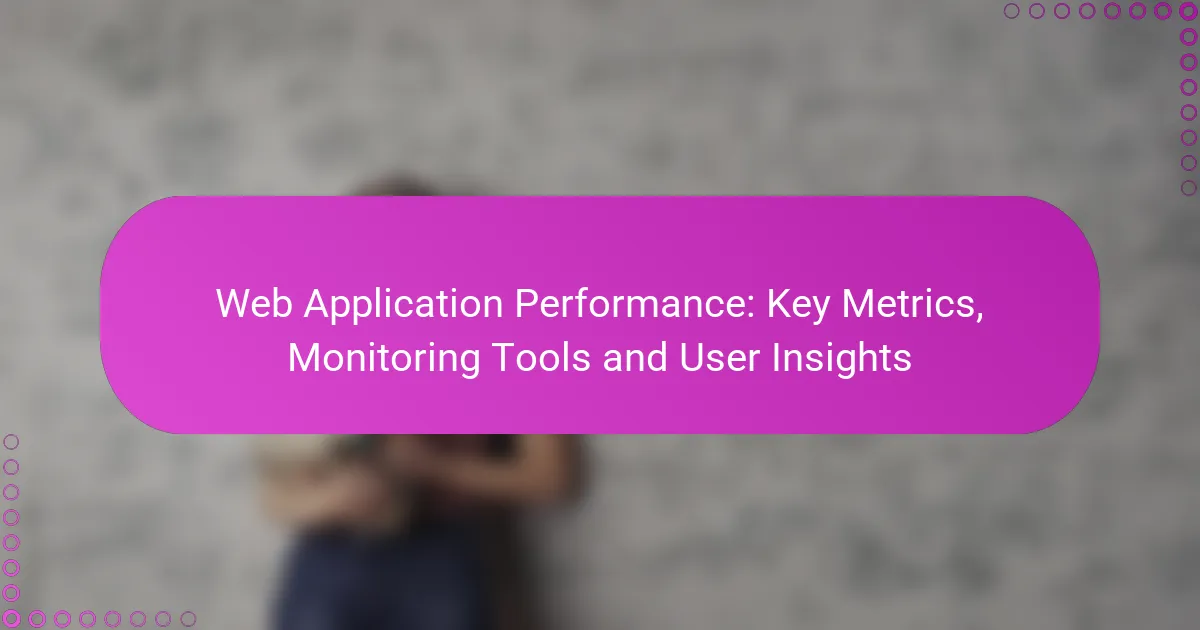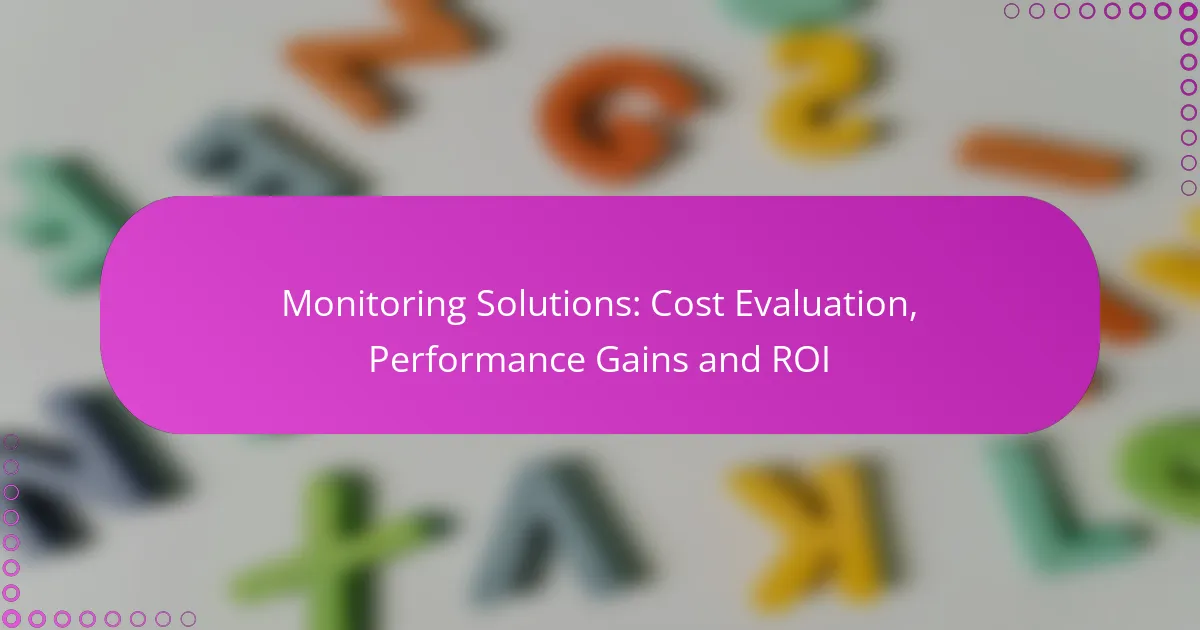Application Performance Management (APM) tools are essential for businesses seeking to monitor and optimize application performance, ensuring a seamless user experience. With options like Dynatrace, New Relic, and Datadog, selecting the right tool requires careful consideration of specific business needs, integration capabilities, and key features such as real-time monitoring and root cause analysis.

What are the best APM tools for businesses?
The best Application Performance Management (APM) tools for businesses include Dynatrace, New Relic, AppDynamics, Datadog, and Splunk APM. These tools help monitor and optimize application performance, ensuring a seamless user experience and efficient resource management.
Dynatrace
Dynatrace is known for its AI-driven monitoring capabilities, providing real-time insights into application performance. It offers automatic discovery of applications and dependencies, which simplifies the monitoring process.
Key features include full-stack monitoring, user experience tracking, and infrastructure monitoring. Businesses can benefit from its ability to pinpoint performance issues quickly, often reducing resolution times significantly.
New Relic
New Relic offers a comprehensive suite of monitoring tools that cover application performance, infrastructure, and user experience. Its intuitive dashboard provides a clear overview of performance metrics, making it easy to identify bottlenecks.
New Relic’s pricing model is usage-based, which can be cost-effective for smaller businesses. It also integrates well with various development tools, enhancing its utility in DevOps environments.
AppDynamics
AppDynamics focuses on business performance monitoring, connecting application performance to business outcomes. It provides detailed insights into user journeys, allowing businesses to understand how application performance impacts customer satisfaction.
Its ability to monitor complex environments and provide actionable insights makes it suitable for large enterprises. However, it may require a steeper learning curve for new users compared to other tools.
Datadog
Datadog is a versatile monitoring tool that combines APM with infrastructure monitoring and log management. Its unified platform allows teams to correlate application performance with system metrics, improving troubleshooting efficiency.
Datadog’s customizable dashboards and alerts enable businesses to tailor their monitoring experience. It is particularly popular among cloud-native applications due to its seamless integration with various cloud services.
Splunk APM
Splunk APM provides deep observability into application performance, leveraging machine learning to detect anomalies. It excels in environments with large volumes of data, making it ideal for businesses that require extensive log analysis.
While powerful, Splunk APM can be more expensive than other options, which may be a consideration for smaller businesses. Its robust analytics capabilities, however, can justify the investment for organizations with complex monitoring needs.

How to choose the right APM tool?
Choosing the right Application Performance Management (APM) tool involves understanding your specific business needs, integration capabilities, and user experience preferences. A well-selected APM tool can enhance performance monitoring and improve application reliability.
Assess business needs
Start by identifying the key performance indicators (KPIs) that matter most to your organization. Consider factors such as application complexity, user load, and the specific issues you aim to address, like latency or downtime. This will help narrow down tools that align with your objectives.
Additionally, evaluate the scale of your operations. For smaller businesses, a simpler, cost-effective solution may suffice, while larger enterprises might require more robust features and scalability. Understanding your budget constraints is also crucial in this assessment.
Evaluate integration capabilities
Check how well the APM tool integrates with your existing technology stack, including cloud services, databases, and development tools. Seamless integration can significantly enhance data visibility and streamline workflows.
Look for tools that offer pre-built connectors or APIs for easy integration. This reduces the time and effort needed to implement the tool and ensures that it can effectively gather performance data from various sources.
Consider user experience
User experience is critical when selecting an APM tool. The interface should be intuitive and easy to navigate, allowing team members to quickly access insights and reports. A steep learning curve can hinder adoption and reduce the tool’s effectiveness.
Additionally, consider the support and training options available. A vendor that provides comprehensive onboarding and ongoing support can greatly enhance your team’s ability to leverage the tool effectively.

What features should APM tools have?
APM tools should include essential features like real-time monitoring, root cause analysis, performance metrics, and alerting and reporting. These functionalities help organizations effectively manage application performance and ensure optimal user experiences.
Real-time monitoring
Real-time monitoring is crucial for tracking application performance as it occurs. This feature allows teams to observe system behavior, user interactions, and resource utilization continuously. By leveraging real-time data, organizations can quickly identify and address performance issues before they impact users.
When selecting an APM tool, look for capabilities such as dashboard visualizations, customizable alerts, and integration with other monitoring systems. These elements enhance the effectiveness of real-time monitoring and provide a comprehensive view of application health.
Root cause analysis
Root cause analysis (RCA) helps teams identify the underlying reasons for performance problems. APM tools equipped with RCA capabilities can trace issues back to their source, whether it’s a code error, server overload, or network latency. This feature is essential for minimizing downtime and improving application reliability.
Choose APM solutions that offer detailed transaction tracing and dependency mapping. These functionalities allow for a deeper understanding of how different components interact, making it easier to pinpoint the root causes of issues.
Performance metrics
Performance metrics provide quantitative data on application efficiency and user experience. Key metrics to monitor include response times, error rates, and throughput. By analyzing these metrics, organizations can gauge application performance and make informed decisions on optimizations.
Look for APM tools that offer customizable metrics dashboards and historical data analysis. This enables teams to track performance trends over time and assess the impact of changes or updates on application behavior.
Alerting and reporting
Effective alerting and reporting features are vital for proactive performance management. APM tools should allow users to set thresholds for key metrics and receive alerts when these thresholds are breached. This ensures that teams can respond swiftly to potential issues before they escalate.
Consider APM solutions that provide automated reporting capabilities, which can help streamline communication with stakeholders. Regular performance reports can highlight trends, successes, and areas needing improvement, facilitating better decision-making across the organization.

What are the pricing models for APM tools?
APM tools typically offer various pricing models to accommodate different business needs and budgets. The most common models include subscription-based pricing, pay-as-you-go pricing, and options for free trials or freemium services.
Subscription-based pricing
Subscription-based pricing involves paying a recurring fee, usually monthly or annually, for access to the APM tool. This model often includes tiered pricing based on features, number of users, or volume of monitored applications.
For example, a basic plan might start at around $20 per user per month, while more advanced tiers could range from $50 to $200 per user per month, depending on the capabilities offered. Businesses should evaluate their needs to select the most cost-effective tier.
Pay-as-you-go pricing
Pay-as-you-go pricing allows businesses to pay only for the resources they use, making it a flexible option for companies with variable workloads. This model typically charges based on metrics such as data volume, number of transactions, or monitoring hours.
For instance, a company might pay $0.10 per GB of data monitored, which can be beneficial for startups or smaller businesses that want to minimize upfront costs. However, it’s essential to monitor usage closely to avoid unexpected expenses.
Free trials and freemium options
Many APM providers offer free trials or freemium options to allow users to test the software before committing financially. Free trials usually last from 14 to 30 days and provide access to most features, while freemium models offer limited functionality indefinitely.
Utilizing these options can help businesses assess the tool’s effectiveness and fit for their needs without financial risk. However, users should be aware of limitations in the free versions, such as reduced support or restricted features, which may hinder full evaluation.










